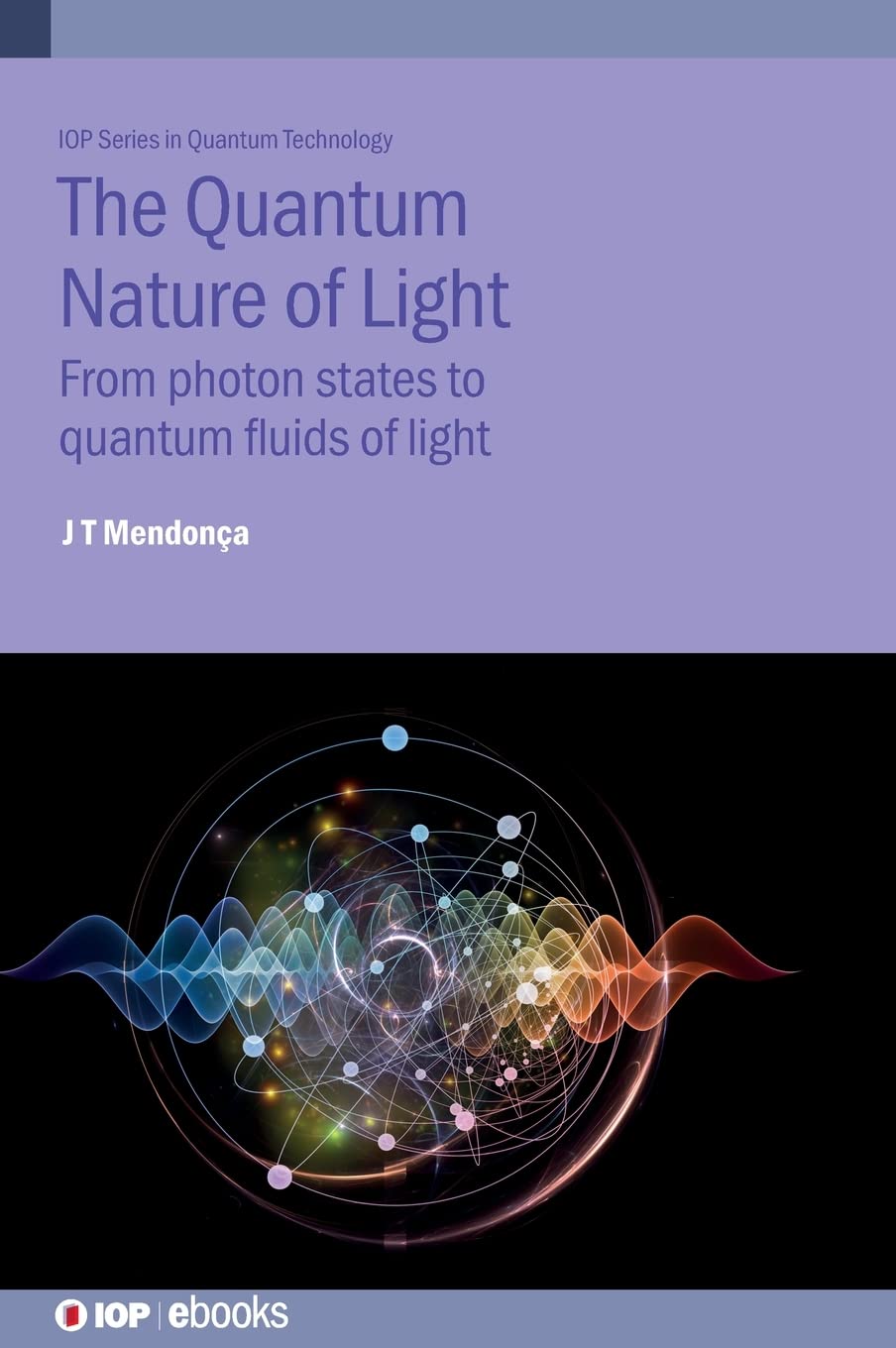

Most ebook files are in PDF format, so you can easily read them using various software such as Foxit Reader or directly on the Google Chrome browser.
Some ebook files are released by publishers in other formats such as .awz, .mobi, .epub, .fb2, etc. You may need to install specific software to read these formats on mobile/PC, such as Calibre.
Please read the tutorial at this link: https://ebookbell.com/faq
We offer FREE conversion to the popular formats you request; however, this may take some time. Therefore, right after payment, please email us, and we will try to provide the service as quickly as possible.
For some exceptional file formats or broken links (if any), please refrain from opening any disputes. Instead, email us first, and we will try to assist within a maximum of 6 hours.
EbookBell Team

0.0
0 reviewsA quantum description of light is central to many aspects of the modern quantum technological revolution and key to our understanding and exploitation of photon-matter interactions, interpretation of entanglement, teleportation and quantum metrology. It underpins our comprehension of the quantum nature of information and how we can formulate, manipulate, and process it using physical systems operating on quantum mechanical principles, and a pathway to the building of quantum computing devices.
This book gives a broad perspective on quantum light phenomena. It goes beyond traditional quantum optics, to include quantum fluids of light and the complete electromagnetic vacuum. Important topics for students and researchers working in a large range of areas in the modern quantum technological revolution, from single photon processes to ultra-intense laser physics. This includes atom manipulation with photons, quantum computation, ultrafast lasers, Bose-Einstein condensation of photons, superfluid light, laboratory astrophysics, and the exploration of QED vacuum using ultra-intense lasers. It also includes the axion-photon coupling, which is relevant to the search for dark matter.
The first part of the book includes basic electromagnetic field quantisation, the characterisation of quantum photon states and elementary photon-atom interactions. Secondly, quantum fluids of light are explored such as recent areas as Bose-Einstein condensation, light vortices and superfluid light. Finally, the last section of the book focuses on a more complete description of quantum vacuum, which includes electron-positron states. The book is intended to make the bridge between these three somewhat distinct aspects of the quantum states of light.
The audience for the book includes researchers and advanced students in quantum technology including quantum optics, metrology and computing.
Key Features: